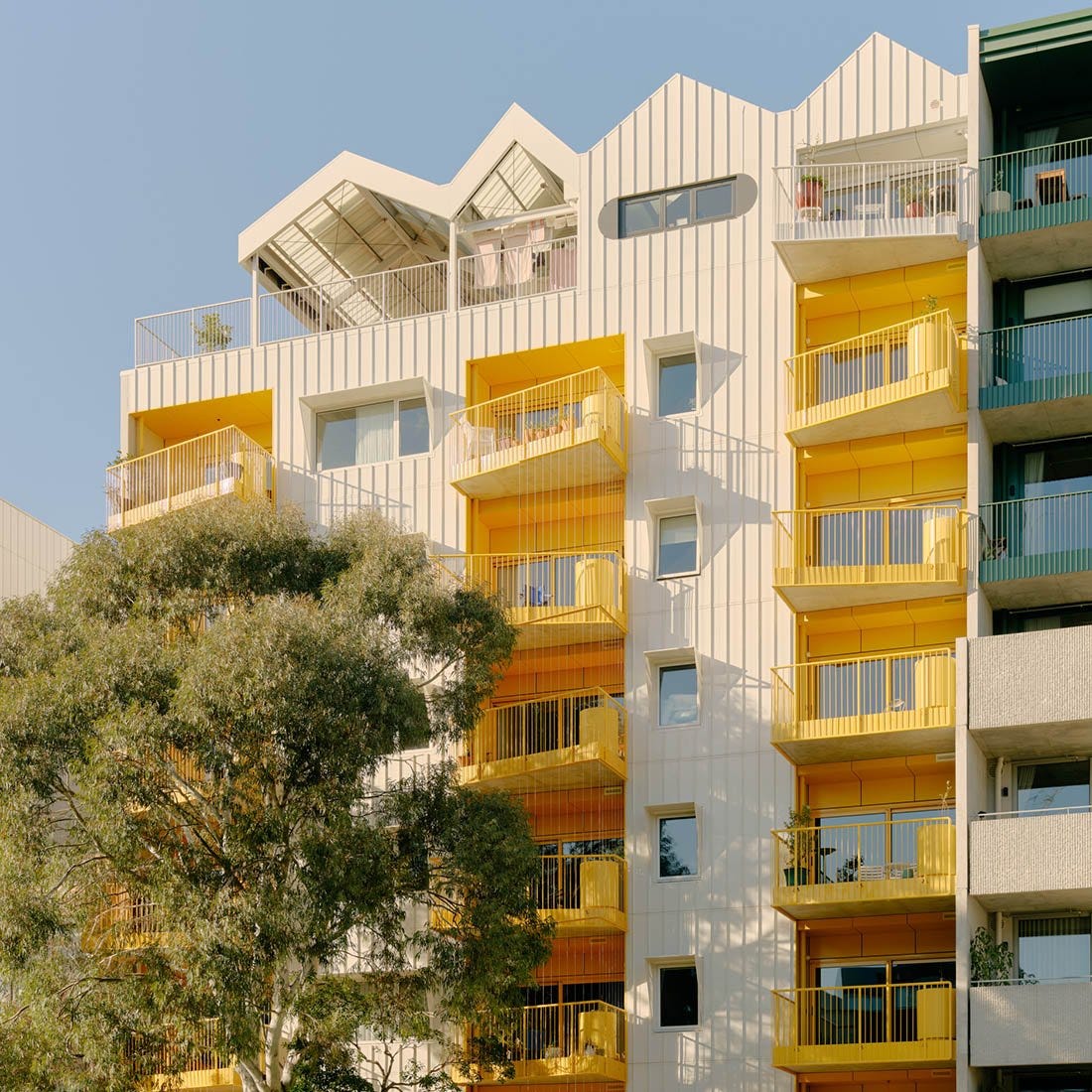The importance of measuring population density properly
No, parts of Melbourne are not more crowded than Manhattan
CityDensity.com has been updated to include more cities, city rankings and a whole host of other improvements, check it out!
One of the reasons I made the website is because locals often overstate the density of their area when they oppose new homes.
Unfortunately we’ve had a massive case of this error in Melbourne’s “The Age” yesterday, where the paper has claimed that parts of the city are “more crowded than Manhattan”. Of course this is not true, but how does the mistake get made, and why does it matter?
No, Melbourne is not more crowded than Manhattan
This might seem so obvious it’s not worth saying, but here are the stats regardless. The Global Human Settlement Layer (GHSL) divides up Manhattan into 1km squares, which we can then compare to 1km squares around Melbourne.
Even Melbourne’s most dense area (The North East of the CBD) is much less dense than Manhattan’s busiest neighborhoods.
If you compare Melbourne to Paris, the lack of density is even more stark:
Southbank, the CBD and Docklands are reasonably dense compared to the financial district, but as soon as you look more than 1km out, NYC is 3-4x more dense than Melbourne.
Why do people measure density so badly?
The challenge here is to compare like with like. The Age calculated the density of Southbank which is a tiny suburb not including the massive park right next door. They've then compared that to the entire island of Manhattan, including central park.
You simply can’t compare the density of differently sized areas. That’s because small areas often have wildly variable population densities. One area might be full of housing, while nearby areas have parks, schools, offices, or stadiums.
As an example, shown below is a small area of Darwin that's more dense than the whole island of Manhattan. It's a meaningless comparison.
The difference is obvious when you take it to this extreme, but the problem exists whenever you compare the density of areas that aren't exactly the same size. Hence the need for the km square grid. Citydensity solves the problem by only comparing the density of tiles on the grid, so that you are always comparing like with like.
What does this mean for Melbourne’s growing suburbs?
This might feel like graph-nerd ephemera but the policy implications are huge. The data is said to “explode the myth that Melbourne’s inner and middle ring has not been growing to accommodate more people.” But instead of exploding a myth the article has craeted a new one, confusing people into thinking that Melbourne is already very dense.
In reality the biggest density difference between Melbourne and cities like London or Paris is in areas like Hawthorn and Fitzroy North that just aren't very dense. Melbourne really falls behind in the middle ring, 3-20km away from the city.
And things are not getting much better. With the exception of City of Melbourne, all of our inner and middle Local Government areas have been growing at a rate slower than the Melbourne average, leaving much of the heavy lifting to greenfield suburbs where infrastructure is poor.
That’s not to say that no new housing is being built in inner Melbourne. For the past decade the city has been following Matthew Guy's idea to relegate density to the most polluted, noisy, and dangerous streets. This works well for developers because it’s easier for them to corner the market, and wealthy homeowners are also happy since there is little development on their leafy green side-streets. But it’s inequitable and it's making the city a bad place to live.
The worst example of this is City Road in Southbank, a 4 lane death trap straight through one of Melbourne’s most dense areas. It’s great that the people who live in these new towers have a place to live but their lives would be a lot better if we’d allowed density on nicer streets as well.
There is an easy solution. We need to fill the gap in our missing middle by allowing 6 story human scale developments on every lot within 500m of a train station or tram stop. It won’t just make rents cheaper, it will also make Melbourne a much more enjoyable place to live.
YIMBY Melbourne has a great plan that goes through all the details.










